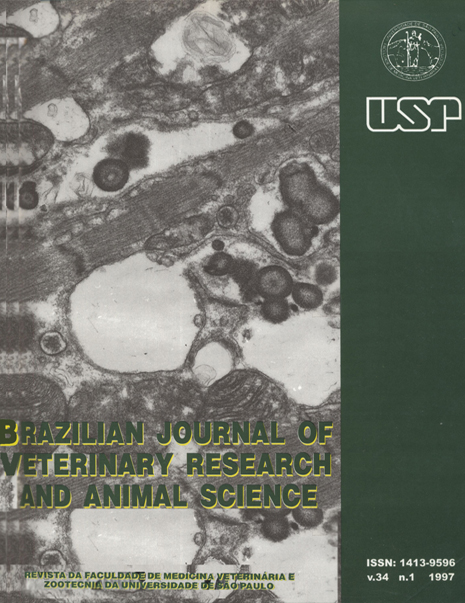Cataract in small animals: classification and treatment
DOI:
https://doi.org/10.11606/issn.2318-3659.v34i1p16-20Keywords:
Cataract, Phacoemulsification, Dogs, CatsAbstract
Cataract means any opacity present in the lens, lens capsule or both. The opacities may vary in size, location, shape and rate of progression. By slit-lamp biomicroscopy it is possible to examine them with precision, determining its exact location and peculiarities, resulting in a safe, accurate diagnosis. Due to its variable origin and appearance, several methods of classification have been used. Classification by aetiology, grade of maturity, location and age of the patients are presented in this review. Surgical removal is the only effective therapy for this disease. Among the surgical techniques available to this day, endocapsular phacoemulsification excells for its better results, despite of its high cost, if compared to classical intra and extra capsular facectomies.Downloads
Download data is not yet available.
Downloads
Published
1997-02-01
Issue
Section
ANIMAL PATHOLOGY
License
The journal content is authorized under the Creative Commons BY-NC-SA license (summary of the license: https://
How to Cite
1.
Ferreira FM, Laus JL, Juppa Junior CJ. Cataract in small animals: classification and treatment. Braz. J. Vet. Res. Anim. Sci. [Internet]. 1997 Feb. 1 [cited 2024 Jul. 26];34(1):16-20. Available from: https://www.revistas.usp.br/bjvras/article/view/50231





